SAEDNEWS: Volcanoes are not just fiery mountains; they are dynamic forces that shape our planet in fascinating ways. Here are some intriguing facts about volcanoes that go beyond the basics.
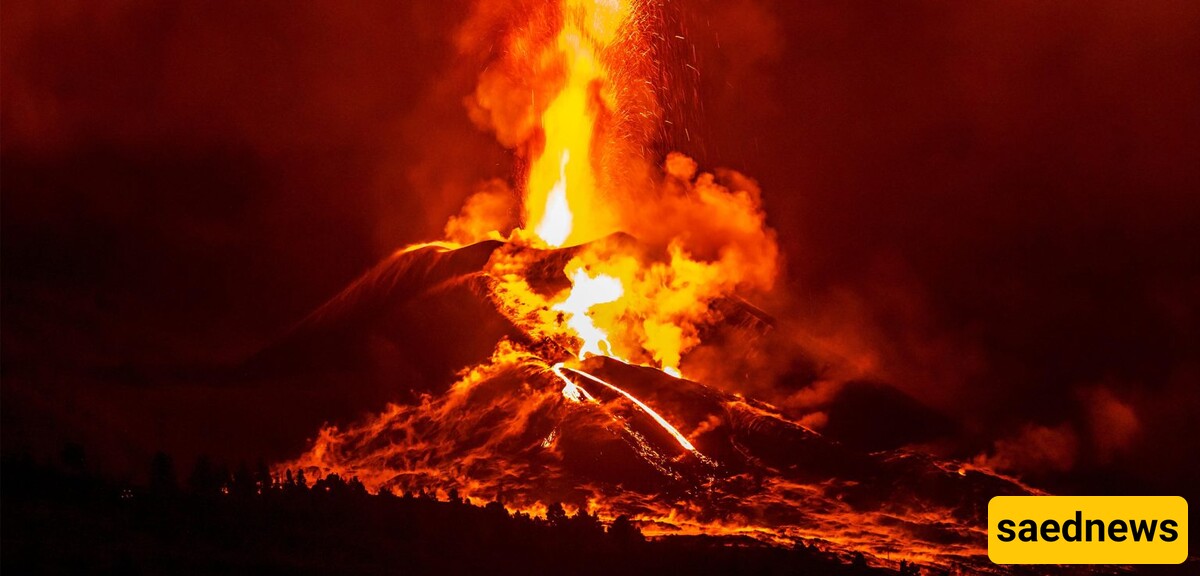
When people think of volcanoes, they often picture towering, cone-shaped mountains. However, they come in various forms. Shield volcanoes, like Hawaii’s Mauna Loa, are vast with gentle slopes, created by flowing lava. On the other hand, stratovolcanoes, such as Mount Fuji, are tall and steep, often erupting explosively. There are also unique types like calderas, which form when a volcano collapses into itself, creating massive craters. Examples include the iconic Yellowstone Caldera. On the smaller end, Taal Volcano in the Philippines rests within a lake, while Mauna Loa holds the record as the largest volcano, covering much of Hawaii’s Big Island.
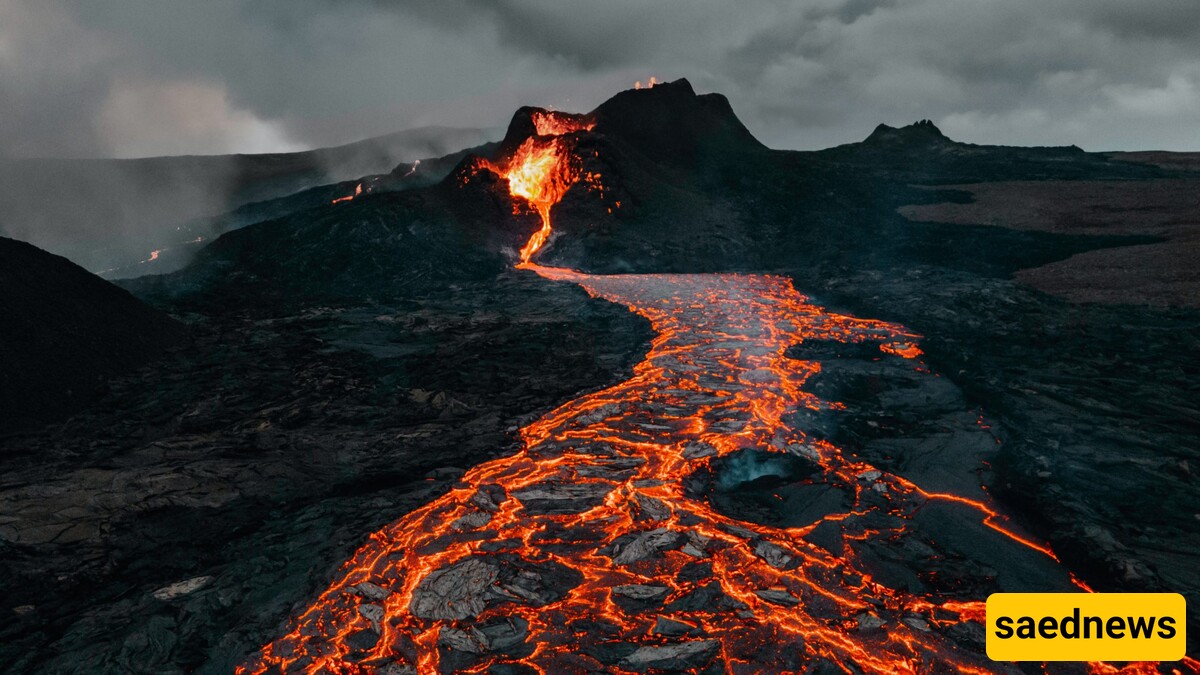
Volcanic activity isn’t exclusive to Earth. Other planets and moons in our solar system feature volcanoes as well. Mars boasts Olympus Mons, the tallest volcano in the solar system, standing nearly three times the height of Mount Everest. Jupiter’s moon Io is incredibly volcanically active, with frequent eruptions driven by gravitational forces.
Even Earth’s moon has remnants of ancient volcanic activity, visible as vast, dark plains of cooled lava. Studying these extraterrestrial volcanoes offers scientists insights into the evolution of planets and moons.
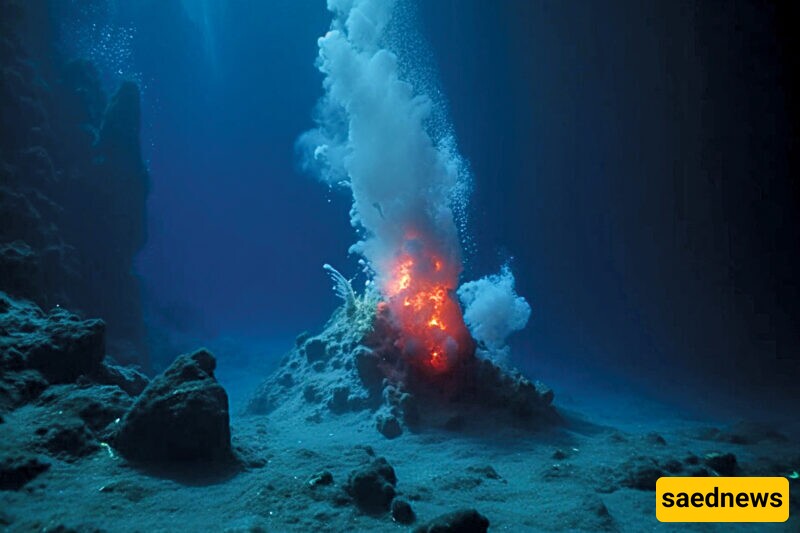
While land-based volcanoes often get the spotlight, the majority of volcanic activity occurs beneath the ocean. Submarine volcanoes along mid-ocean ridges create new seafloor as tectonic plates spread apart. These hidden eruptions also release nutrients that sustain diverse marine ecosystems.
A fascinating example is Axial Seamount, an active underwater volcano in the Pacific, which scientists monitor closely. Some underwater volcanoes grow over time to form islands, such as Iceland and the Galápagos.
Though destructive, volcanoes also play a creative role. Lava flows cool and harden, forming new land that reshapes Earth’s surface. Over time, volcanic rock weathers into nutrient-rich soil that supports thriving agriculture.
Regions like the slopes of Mount Etna and Mount Vesuvius in Italy are known for fertile lands ideal for growing crops, thanks to the minerals left behind by volcanic eruptions. This dual nature of destruction and creation underscores the complex influence of volcanoes on human life.
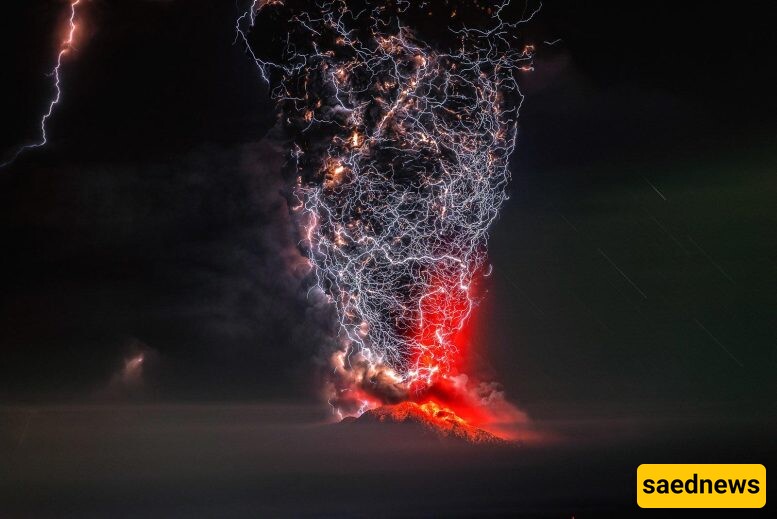
Volcanic eruptions sometimes produce breathtaking lightning displays. This rare phenomenon, called volcanic lightning, occurs when ash particles in the eruption cloud collide, creating static electricity.
The 2015 eruption of Calbuco Volcano in Chile provided a stunning example, as flashes of lightning lit up the ash-filled night sky, creating an unforgettable visual event.
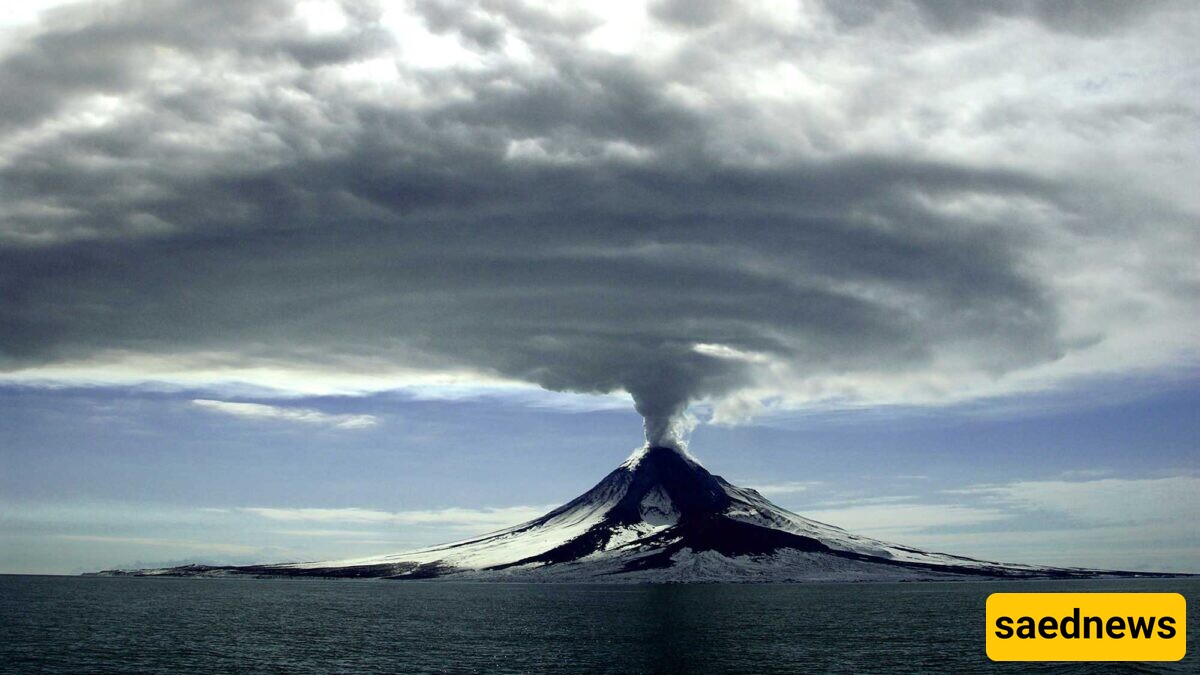
Volcanoes can temporarily affect Earth’s climate through the gases and particles they release. For instance, eruptions that emit sulfur dioxide can block sunlight, leading to short-term cooling. The eruption of Mount Tambora in 1815 caused the “Year Without a Summer,” with global crop failures and unusual weather patterns.
However, volcanoes also release carbon dioxide, contributing to warming. Though their overall impact on climate is short-lived compared to human activities, volcanic eruptions highlight the interconnectedness of Earth’s systems.
Volcanoes have become major attractions, offering travelers thrilling and educational experiences. Destinations like Mount Bromo in Indonesia, Kilauea in Hawaii, and Mount Vesuvius in Italy draw millions of visitors each year.
Tourists often hike to volcanic craters, explore ancient lava tubes, or witness live lava flows. These adventures combine excitement with a deeper appreciation of the natural forces that shape our world.

Supervolcanoes are a class of volcanoes capable of eruptions on a massive scale, with the potential to cause global effects. The Yellowstone Caldera in the U.S. is one of the most famous examples, though its last major eruption occurred 640,000 years ago. While such eruptions are extremely rare, their impact could be catastrophic, including drastic climate changes and widespread extinctions. Scientists carefully monitor these systems to prepare for potential future activity.
Volcanoes are more than just destructive forces—they are also sources of sustainable energy. The heat beneath active volcanoes can be harnessed in geothermal power plants, producing clean, renewable electricity. Countries like Iceland and New Zealand have embraced geothermal energy, using it to power homes and businesses while reducing reliance on fossil fuels. This demonstrates how humans can coexist with volcanoes and utilize their power for good.
Volcanoes are far more complex and fascinating than fiery eruptions alone. They shape the landscape, influence the climate, and even provide opportunities for energy and adventure. By exploring their lesser-known aspects, we deepen our understanding of these extraordinary natural wonders and their role in shaping our dynamic planet.

